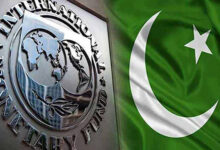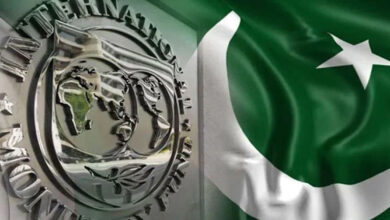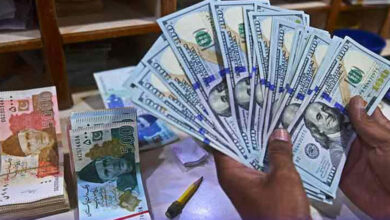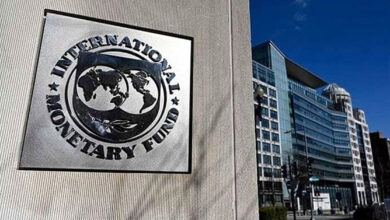Pakistan’s Economic Performance Shows Mixed Trends in First 8 Months of FY 2025
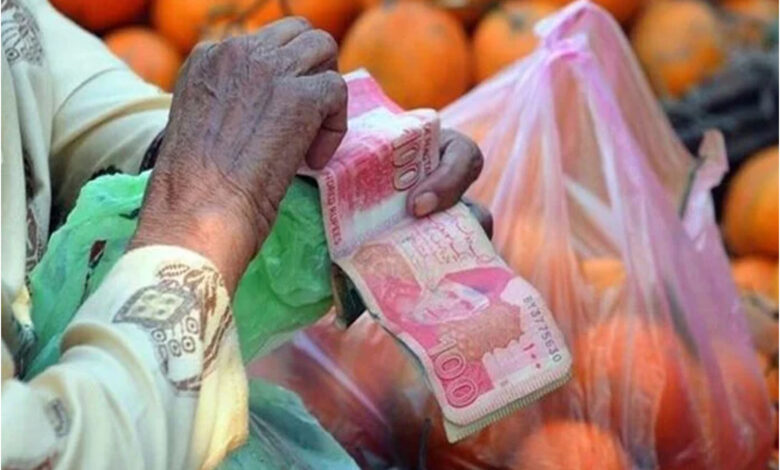
Pakistan’s economic indicators have shown a mixed performance in the first eight months of the current fiscal year. Inflation has seen a notable decline, recording a rate of 5.9%, a significant drop from 28% in the same period last year. Despite this, inflation spiked in February, rising from 8.2% to 9.7%, driven by higher prices of sugar, dairy products, and vegetable ghee.
The Ministry of Finance reported positive growth in several key sectors. The country’s foreign reserves, remittances, exports, imports, tax revenues, and non-tax income all saw an increase. This has led to expectations of a rise in economic activities in the coming months. Furthermore, the fiscal deficit decreased during the first eight months of the year.
Foreign direct investment (FDI) saw an 11.8% year-on-year increase, though it dropped by 67.5% in February alone. During the July-February period, exports amounted to $21.8 billion, while imports totaled $38.3 billion, resulting in a trade deficit of $16.5 billion. Large-scale industrial production also faced a 1.78% decline during this period.
On the monetary front, the State Bank of Pakistan kept the interest rate unchanged at 12%. The current account showed a surplus, while the Pakistani Rupee witnessed a slight depreciation.
Looking ahead, the Ministry of Finance forecasts inflation to increase by 1% to 1.5% in March and by 2% to 3% in April.

